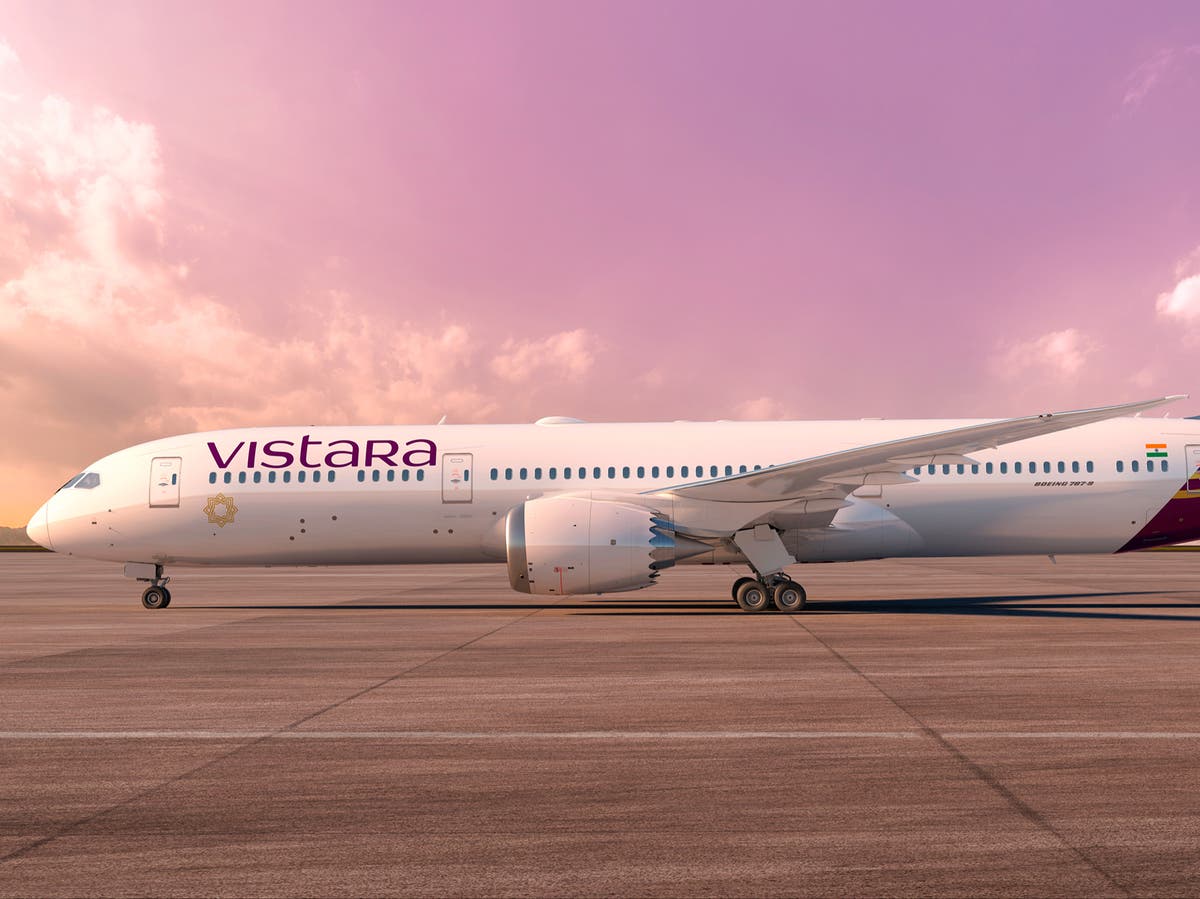This website uses cookies so that we can provide you with the best user experience possible. Cookie information is stored in your browser and performs functions such as recognising you when you return to our website and helping our team to understand which sections of the website you find most interesting and useful.

An Indian autumn is one of the great joys of travel. I have visited the vast, diverse, friendly and beautiful nation on multiple occasions in October and November – from the 1995 total eclipse in the north of the country to more recent stays in Goa and Kerala.
This autumn, though, the Indian government seems to be doing what it can to deter tourists from the UK. Before the coronavirus pandemic, the vast majority of British visitors to India entered India on an eVisa – a relatively simple online system. The option was suspended during the Covid crisis and is now restored for nationals of the vast majority of nations. But the UK, previously one of the key tourism markets for India, is excluded.
The only alternative is to make an application for a full Indian visa, which requires an interview. But the waiting time is running into months.
The Indian High Commission has declined to respond to my representations on the issue. But Vinod Kannan will, I hope, have more success. He is chief executive of Vistara, the latest airline to compete between the UK and India. He told me: “We’ll urge them to make sure that travel becomes easier.
“That’s the message that we always request the government and the powers-that-be for … seeing how we can remove these barriers, or reduce them sufficiently so that everyone can travel.”
When easy access is finally possible once more, perhaps through the good offices of Mr Kannan, I will have plenty of choice between London Heathrow and Delhi.
The collapse of Jet Airways in 2019 presented an invitation for Vistara to expand into long-haul markets. With cruel timing, its Boeing 787 Dreamliners started to be delivered in February 2020 – just as frontiers began to slam shut as the Covid crisis took hold.
Vistara began flying between the two capitals during the coronavirus pandemic, and the eVisa is hardly helping. Yet the boss says his London-Delhi flights have been achieving impressive loads. “Despite everything that we see around us, our flights are doing well.”
Partly this is down to a stronger preference for nonstop flights. Passengers’ willingness to change planes has diminished. While Emirates and Qatar Airways can offer dozens of combinations between British and Indian cities via their hubs, subtracting a stop in the Gulf reduces complexity as well as time.
On a typical day, there are no fewer than seven nonstop departures from Heathrow to Delhi, starting at 10.05am. Air India, British Airways and Virgin Atlantic offer two flights each. Vistara has only one, UK18, scheduled to leave at 10.05pm.
Schedule analyst Sean Moulton says: “The Indian middle class is growing every year and so both the number of passengers wishing to travel and the price they are willing to pay are increasing every year, as is the onboard product.”
Mr Moulton offers some advice: “For nonstop flights, Manchester remains unserved from India. It was a key market for Jet Airways to both Mumbai and Delhi.
“If Vistara want to grow its long-haul offering, serving large and fairly high yield markets would give them a niche and allow them to compete with the Gulf carriers in the process.”
For now, though, why choose Vistara on Heathrow-Delhi? Because, says Mr Kannan, it is “the best airline in India … we have extremely good products and services”. I have not yet had a chance to try the carrier, but its parentage – a joint venture between Singapore Airlines and the giant Indian conglomerate, Tata – is promising.
I just hope I get a chance to try it sooner rather than later.



 Africana55 Radio
Africana55 Radio 
